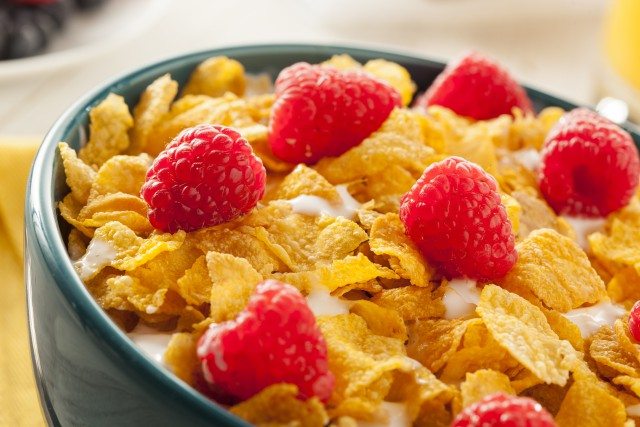Fruit appeals to consumers because it tastes great and is healthy.
However, the water present in fruit limits the use of real fruit-based ingredients in dry food applications such as bakery, granola bars or cereals, according to Taura Natural Ingredients.
In such applications, water in fruit ingredients can lead to “moisture transfer.”
The company says moisture transfer is undesirable because it may reduce a product’s shelf life by creating an environment where bacteria and mold can grow.
It can also spoil the texture of a product – make it soggy, for example – and can negatively impact color, taste and aroma.
Controlling water activity in food
The extent of moisture transfer in a product can be measured on a scale known as water activity, which the company has provided a whitepaper on the topic.
Controlling water activity is key to mitigating moisture transfer and successfully extending the shelf life of dry products.
Dried fruit, a popular option for product formulators, does not offer a complete solution to this problem, since there is a limit on the level of control of water activity with such ingredients.
Conversely, the company says its fruit ingredients have the functional ability to control water activity.
Longer product shelf life
Its ultra rapid concentration or URC technology uses physical and mechanical forces to remove water from fruit purées and blends.
This allows them to control water activity to very specific levels and their fruit pieces and pastes to enjoy a shelf life of at least 12 months.
This enables the realization of a range of fruit-rich application opportunities, including muffins and cakes, breakfast cereals, fruit-filled wafers and whole wheat pillows, cookies and biscuits and nutritious snack bars.
When using Taura Natural Ingredients’ fruit pieces and pastes in these types of products, the company says manufacturers do not face the problems frequently encountered with other fruit ingredients such as dried fruit.










